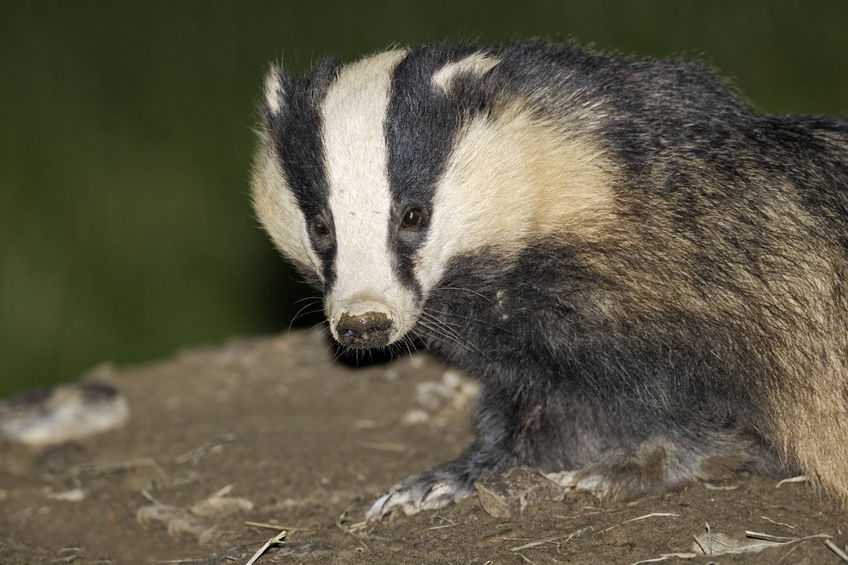
Badger culling will take place in parts of Gloucestershire and Somerset for a further five years, the government has announced.
Badger culling in some areas of Gloucestershire and Somerset is set to continue under the government’s new "supplementary" control programme.
The Natural England programme, part of the government's 25-year strategy to eradicate bovine TB, is intended to halt any recovery in badger numbers in areas where licensed culling has already operated for four years.
The latest licences in Somerset say that at least 140 badgers, and up to 580, must be killed within the licence area during the open season, between June 1 and January 31.
Natural England stated: “The minimum number of badgers that you should aim to kill within the licence area during this open season is 160.
“The maximum number of badgers which may be killed within the licence area by all permitted methods during this open season is 580.”
A total of 10,886 badgers were culled in 2016.
'Maximum disease control'
Existing licences already exist for parts of Herefordshire, Dorset, Cornwall, Devon and another area of Gloucestershire until 2018 and 2019.
Chief veterinary officer (CVO) Nigel Gibbens has previously advised that culling badgers to maintain the population at a set level was the best way to manage the disease risk of bovine TB.
A Defra spokesman said of the announcement: “Earlier this year we announced plans to licence supplementary badger control in areas that have successfully completed intensive culls, allowing them to maintain disease control benefits for many years to come in line with plans set out in the TB strategy.”
“Licences for supplementary badger control have been issued for two areas.
“Maximum disease control benefits from badger control will only be realised if comprehensive cattle controls are also rigorously applied, including testing to clear disease from infected herds and movement controls to prevent its re-introduction.”
